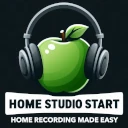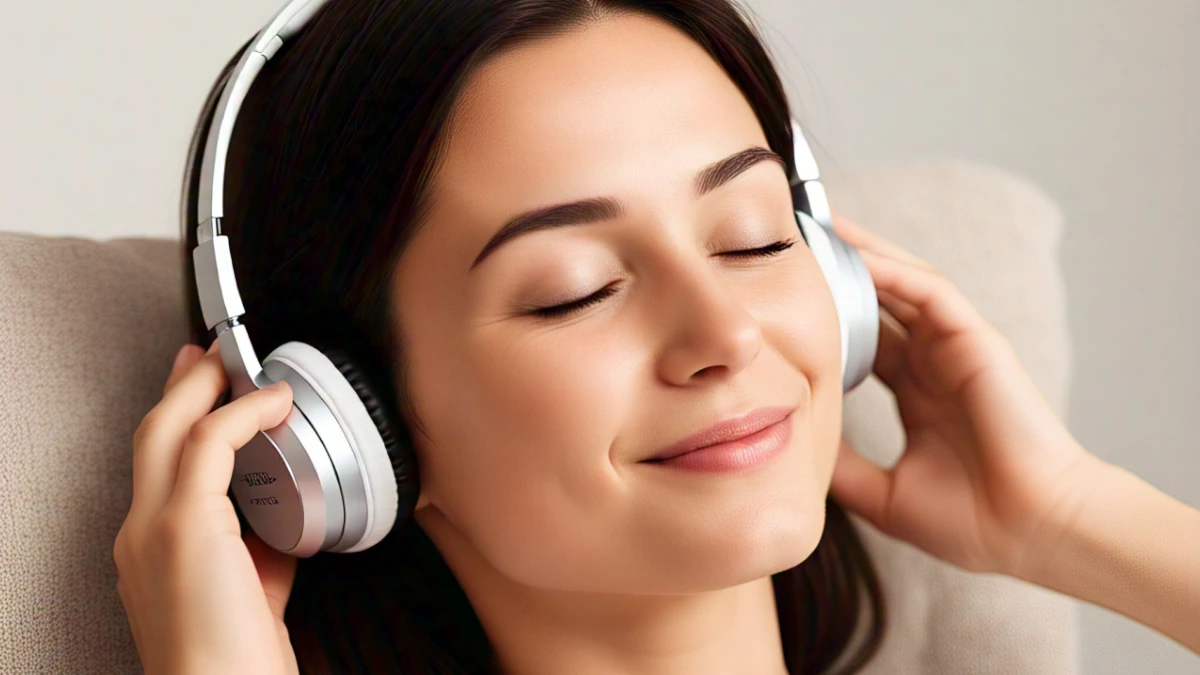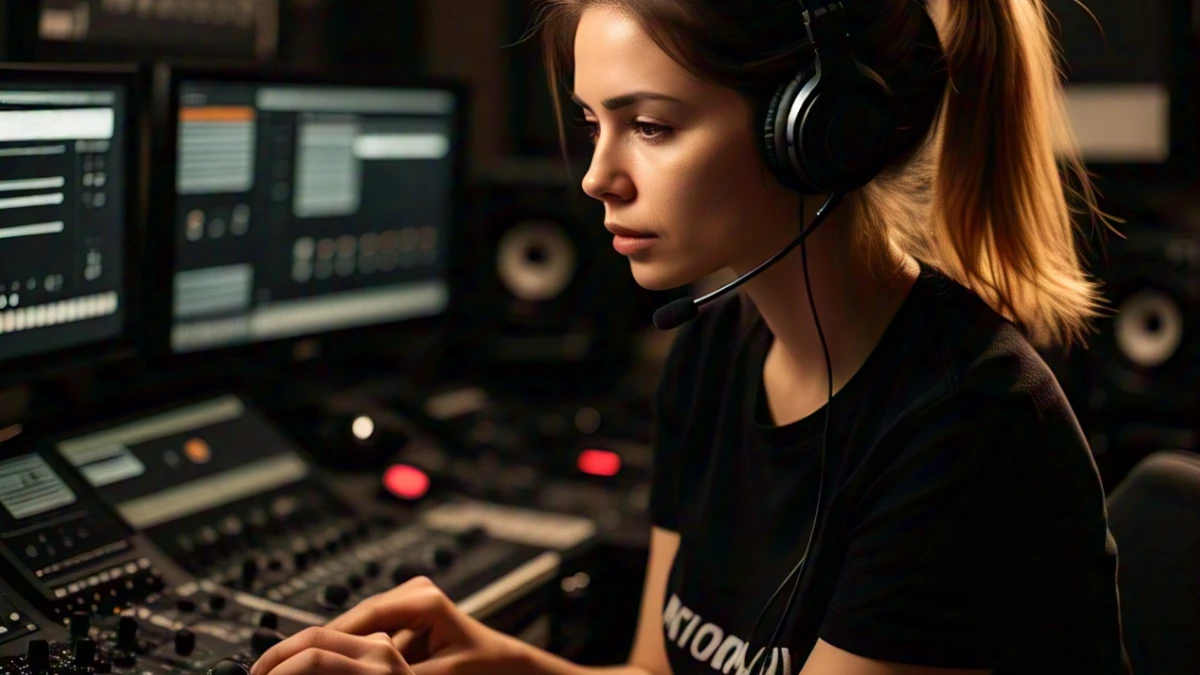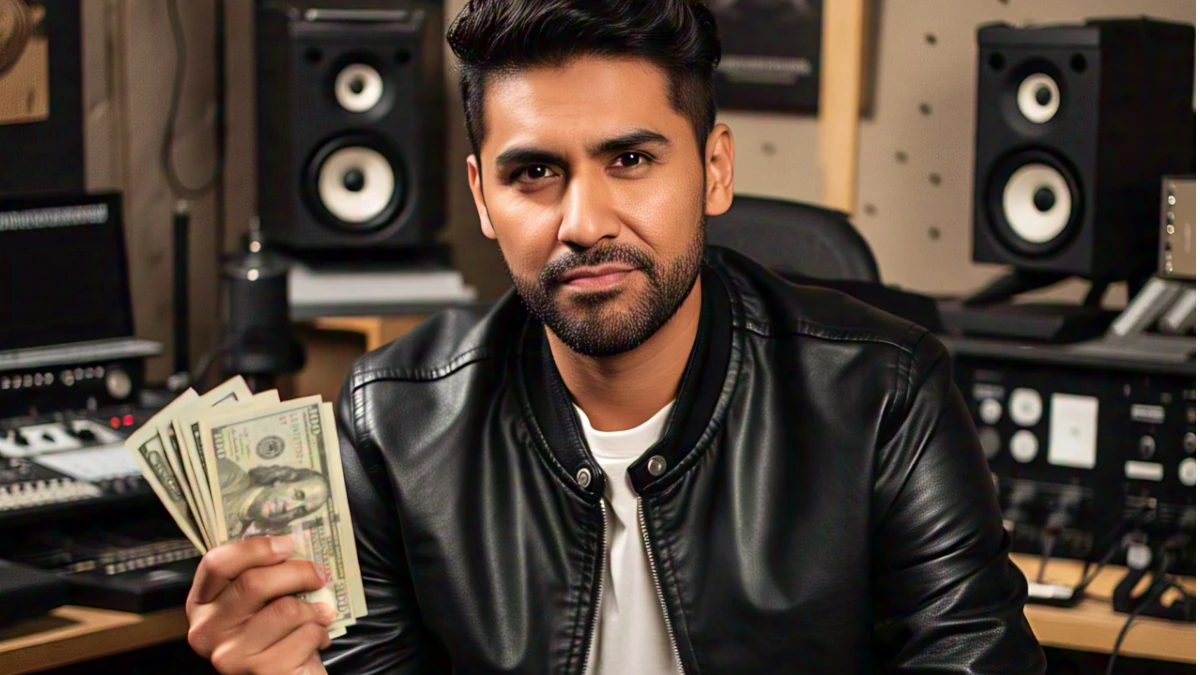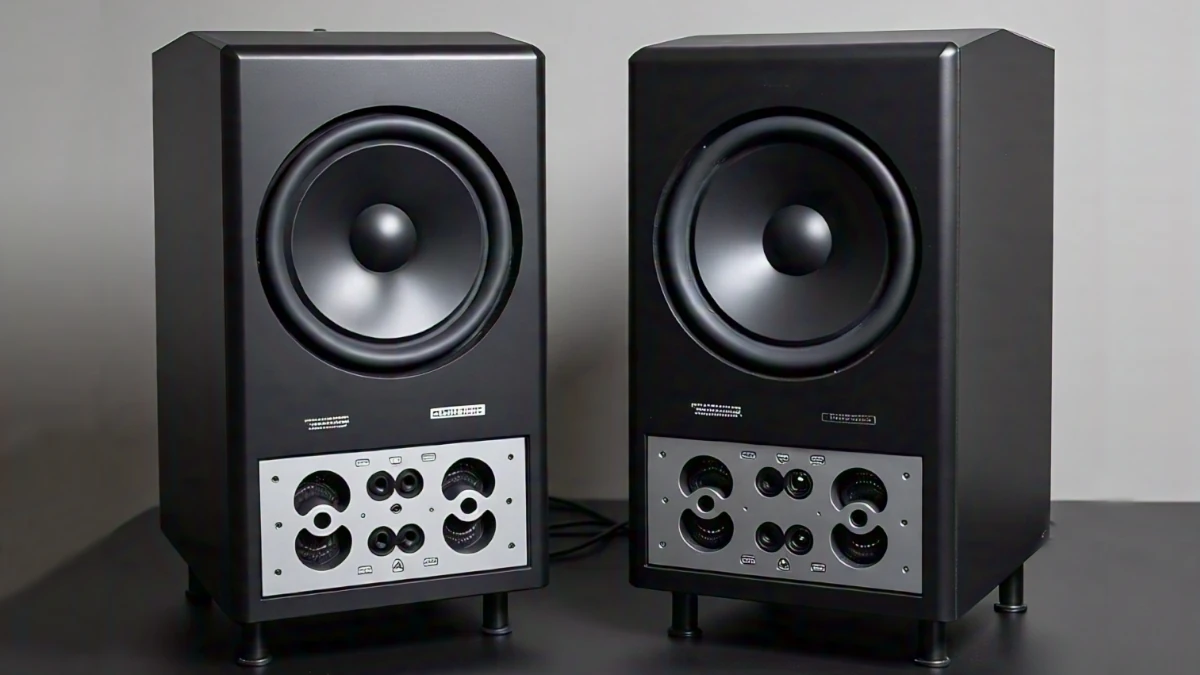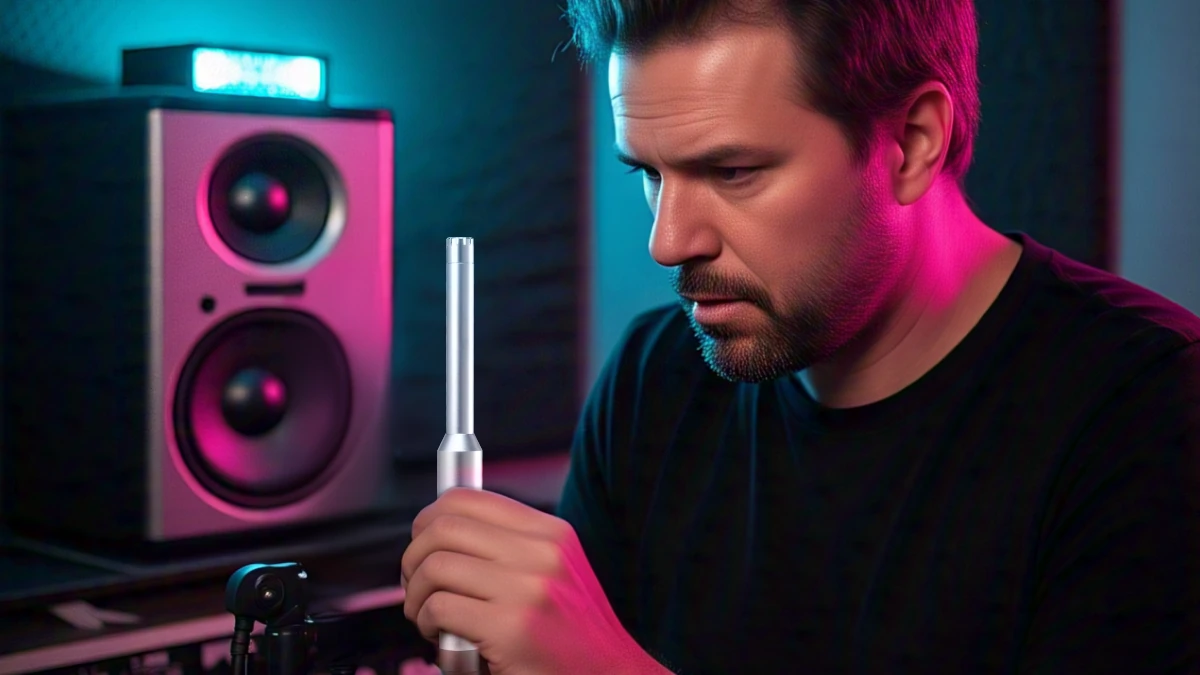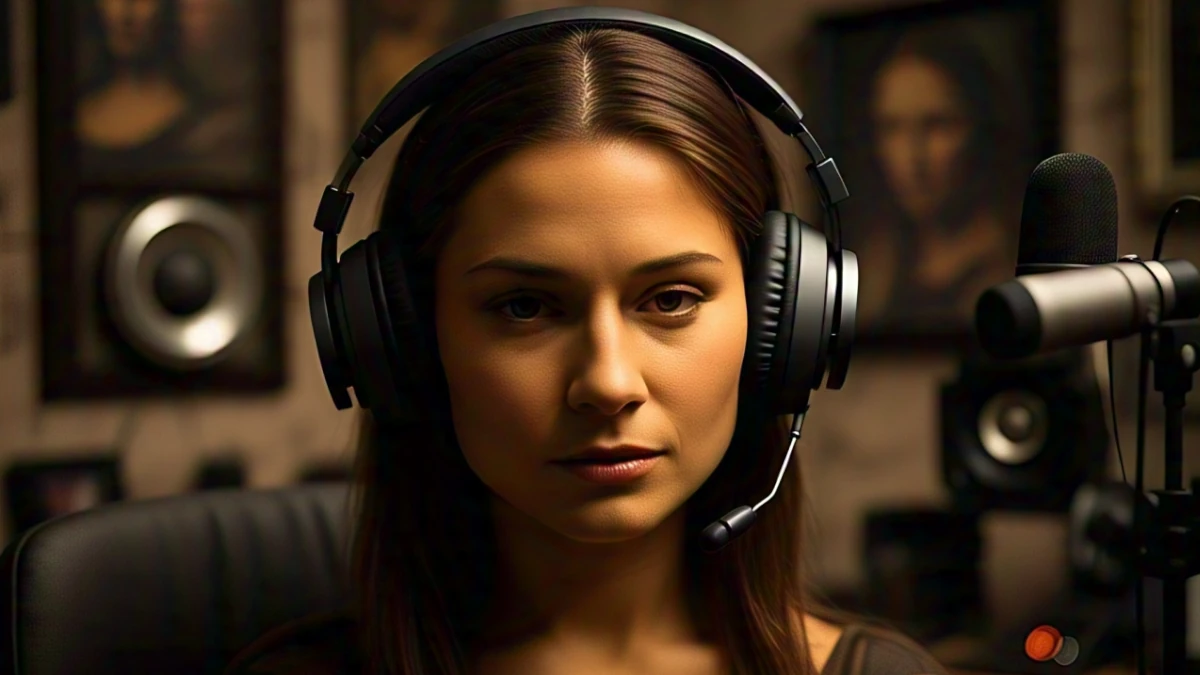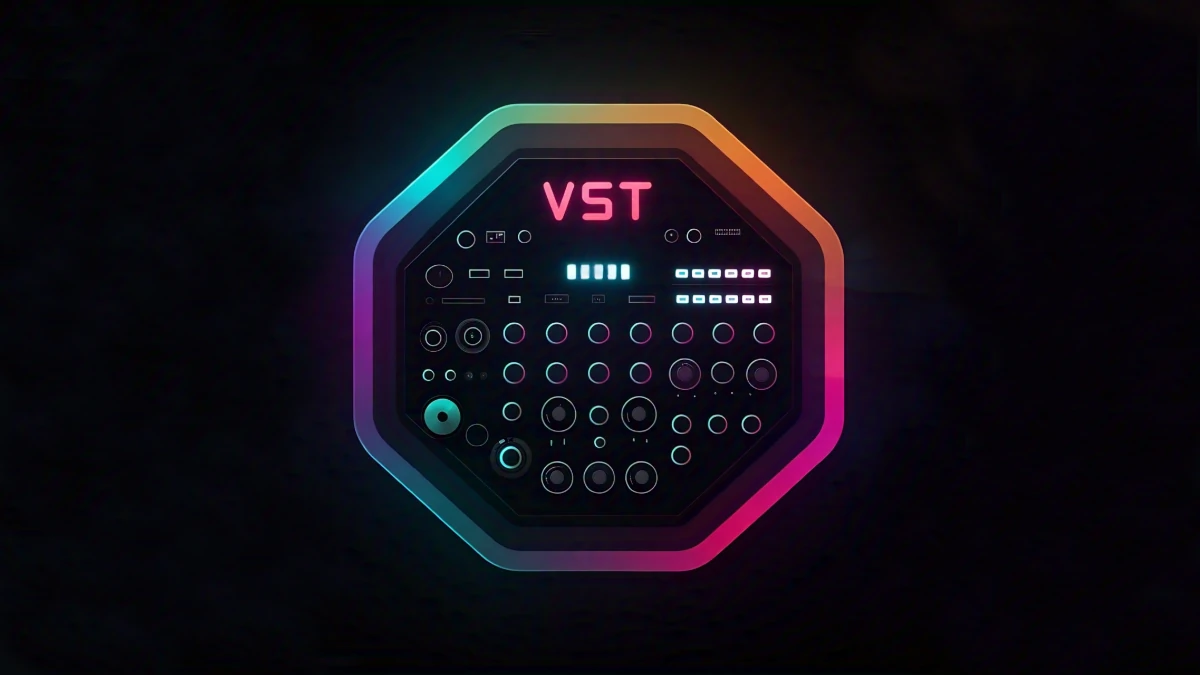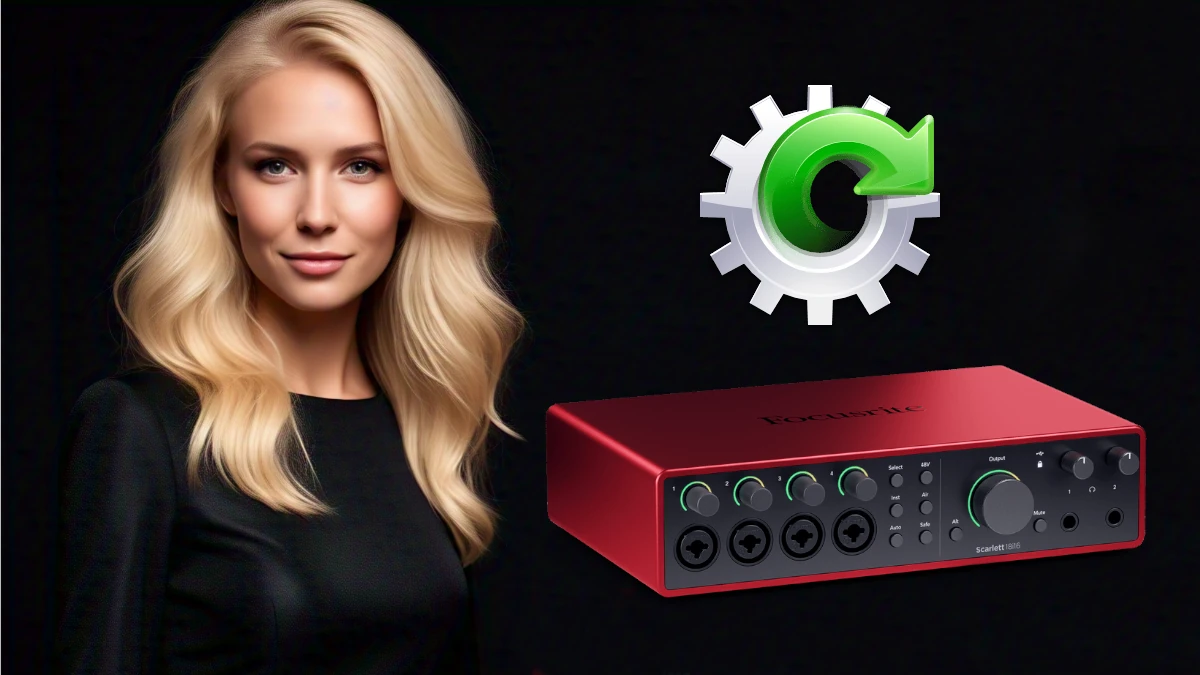Hey there, music creators! Are you ready to dive deep into the world of music mastering? You’ve spent countless hours crafting your track, layering sounds, and perfecting that killer hook. Now, it’s time to ensure that your masterpiece sounds phenomenal across all streaming platforms! Picture this: your tunes hitting Spotify, Apple Music, and Tidal with crystal clarity, making your listeners keep hitting that repeat button. Sounds amazing, right? But here’s the thing—each platform has its own quirks and nuances that can turn your blissful masterpiece into a muddled mess if not handled correctly.
What if I told you that mastering your track with these platforms in mind could be the secret sauce to boosting your streaming numbers and earning you new fans? You’re probably thinking, “Why bother?” Well, consider this: a track optimized for every platform can enhance your sound quality, retain the impact of your music, and give you an edge over the competition. So, buckle up and get ready, because we’re about to take you on a ride through the essentials of preparing your master for various streaming services. You’ll learn actionable insights, real-life tips, and even the potential pitfalls to avoid while making your music sing on every platform!
Let’s dive in and make sure your tunes shine bright like the star they are!
